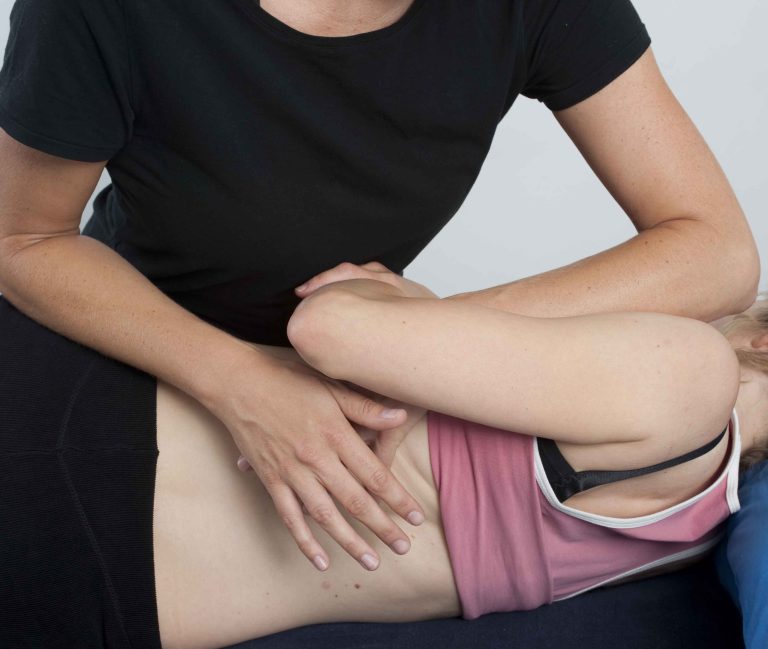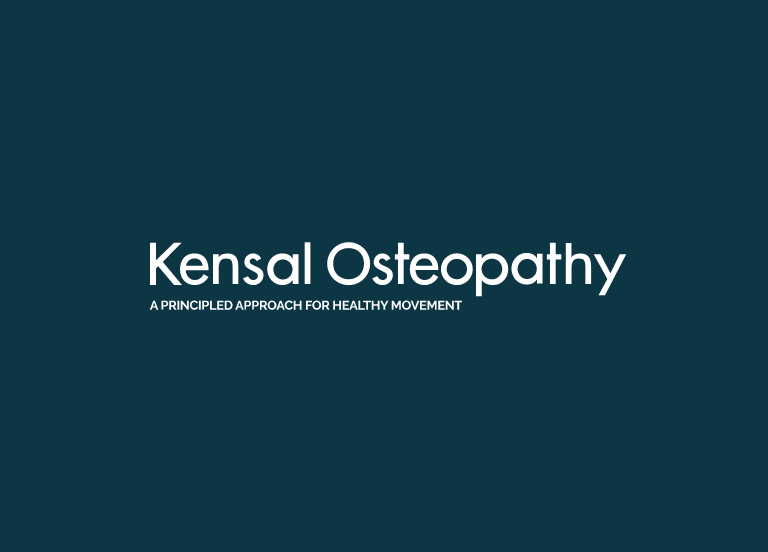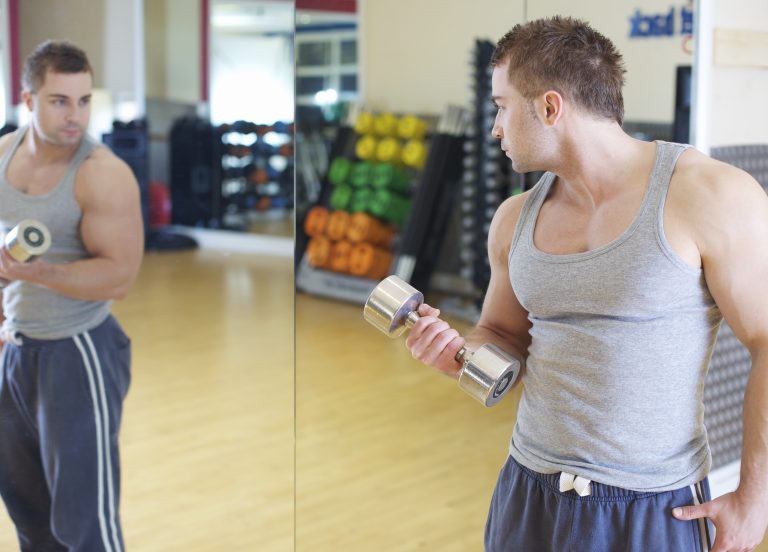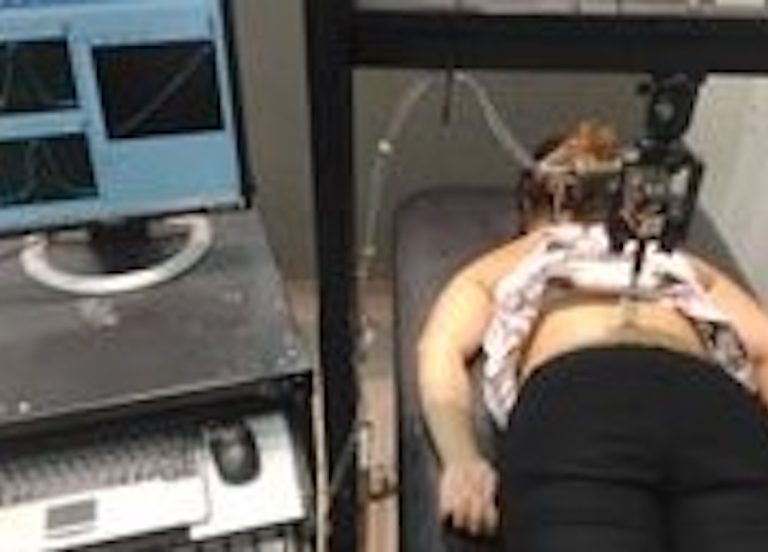What does “cracking” your back (HVT) do, and how helpful is it? Manual Therapy Effects Part II
What does clicking your back do, and how helpful is it?
As usual there is no simple answer to this question, and having taken a fresh look at the research relating to the effects of High Velocity Thrust (HVT) I am left scratching my head as to how to make sense of it and relate it to the lay person.
When I was at college we were taught that when we delivered an HVT to a joint – the object of which is to create a cavitation, or gapping of the joint surfaces at high speed which leads to the clicking sound, we were “unlocking” or “releasing” a joint that had somehow become locked or stuck. In my latter years at college the idea of entrapment of the articular capsule surrounding the joint became prevalent. Then as we understood better what the clicking sound was – fracturing of the synovial fluid as the joint surfaces gap – there was talk of this effect allowing a temporary increased range of movement at the joint that was to be taken advantage of to stretch surrounding tissues.
So what does the current body of evidence tell us? What we can say is that the effect of the HVT is a neurophysiological one – rather than a mechanical one – and that all of the effects listed above are unlikely to be occurring; in fact I’ll go so far as to say “not” occurring. The delivery of an HVT to a spinal joint or joints seems to modulate the neural circuits associated with pain output via neurotransmitters like oxytocin, serotonin, endocannabinoids, and endo-opoids – to name a familiar few. And these “immediate” effects have been measured in repeatable studies.
I’m reassured to an extent that one of the tools in my osteopathic toolkit that I use, and have used, for almost two decades, has been shown to have some value clinically. The potential problem with these studies is that they measure only the immediate effects. So while HVT has an immediate measureable effect on pain relief, so do lots of other things like simple touch, kinesio-taping, acupressure, to name a few. More obscurely, another study measures “the immediate effects of improved active mouth opening after hamstring stretching” and finds a significant immediate effect. The point being that an immediate effect doesn’t necessarily translate to clinical significance, i.e., whether it has a real genuine, palpable, noticeable effect on the patient’s daily life and ability to function. We don’t yet have the research to say that this is the case.
I have to admit that the current evidence base we have on HVT leaves me feeling uncomfortable about my own practice and the circumstances in which I currently deliver HVTs or thrusts to joints. There is no doubt that some patients like and respond well to being “cracked”, as it is often expressed in lay terms. Indeed, a patient who comes with an expectation that what is required for them to recover is for the painful part to be clicked is unlikely to feel better without that eventuality. Expectation and placebo effects add further complexity to the issue and speak to the importance of educating patients about the effects of manual therapy.
And while I have come to use HVT less as science has revealed more about pain, biomechanics and neurophysiology, it is hard to let go of a tool that I have long found to be useful, in spite of a misguided belief about what it was doing. I will continue to use HVT albeit with careful consideration as to whether it is clinically justifiable in each circumstance.
It is not that HVT is an inherently wrong or dangerous thing to be doing to patients – though there are many circumstances in which it definitely shouldn’t be used – but it can, in some circumstances, get in the way of a patient recovering. An understanding that nothing in ones’ spine needs unlocking, putting back, or releasing, is a much better starting point for any therapeutic, rehabilitation process.






